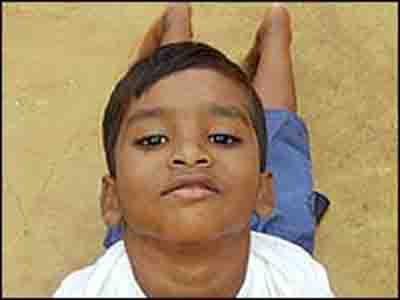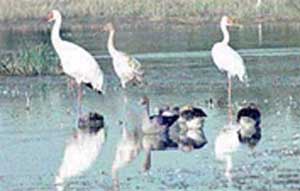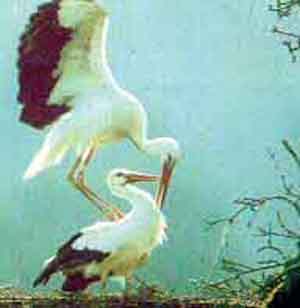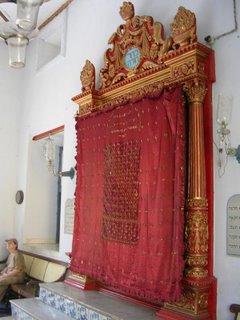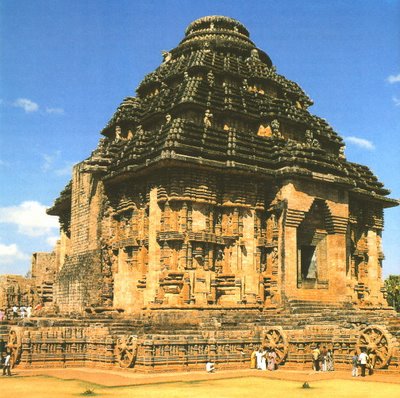
The only reason behind spreading up of Buddhism in East and South East Asia via Srilanka is the Kalinga War.The greatest Historical War, where Kalinga was defeated by Ashoka and the river Daya had turned in to red by the Kalingan martyrs .That blood shed war made Ashoka to change his devil mind and he laid down the weapons of violence and accepted a life of Ahimsa in the form of Buddhism .
It is near the city of Bhubaneswar in Orissa,where in later period,Nipponzan Myohoji of Japan beard the whole cost to build a beautiful white pagoda at the top of the hill Dhauli Giri.At the base, one can see the Asokan rock-edicts, under a large rock outcropping with a rock-cut elephant head. The elephant head over the edicts is a sacred Buddhist motif testifying to the emperor's change of heart. The edicts are public injunctions, instructions from the emperor to the local administrators to imbibe and adopt the spirit of justice and compassion towards the people in all matters pertaining to the civil administration.
Viewers can browse the blog: http://runawaysun.blogspot.com/2005/08/spiritual-tourist-3.html to share the experience of a traveler runawaysun, at Dhauli Giri, where he writes: I have no idea how long I stayed there, but on no other time in my life have I been so much at peace with myself… as I was on that day at Dhauli Giri.

